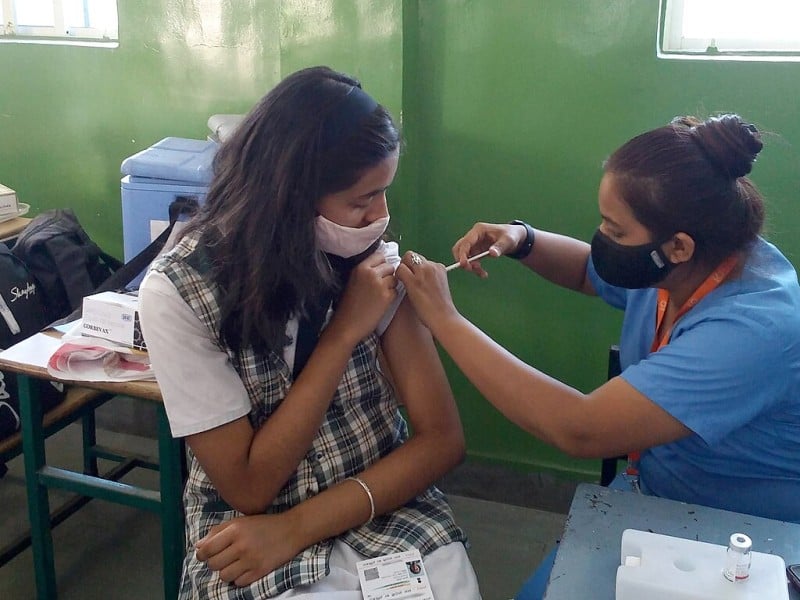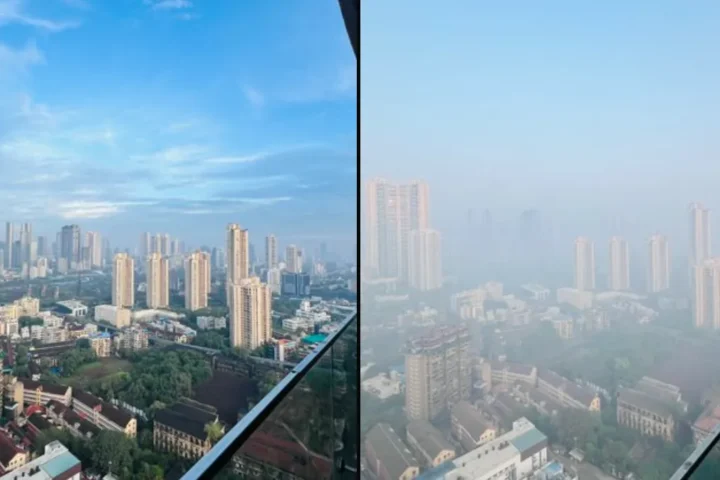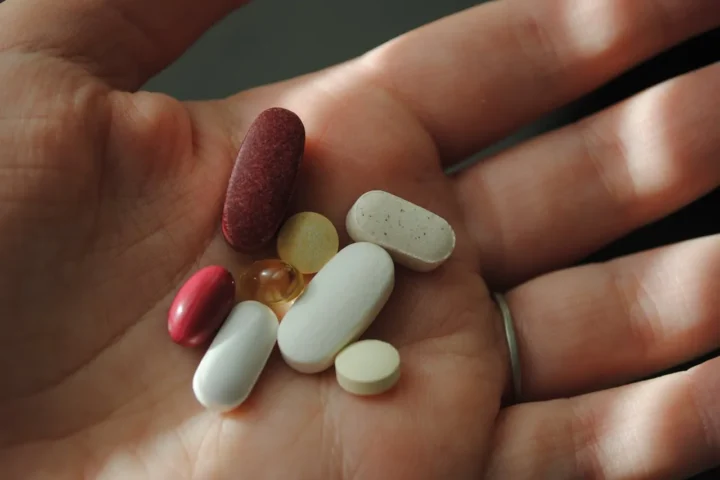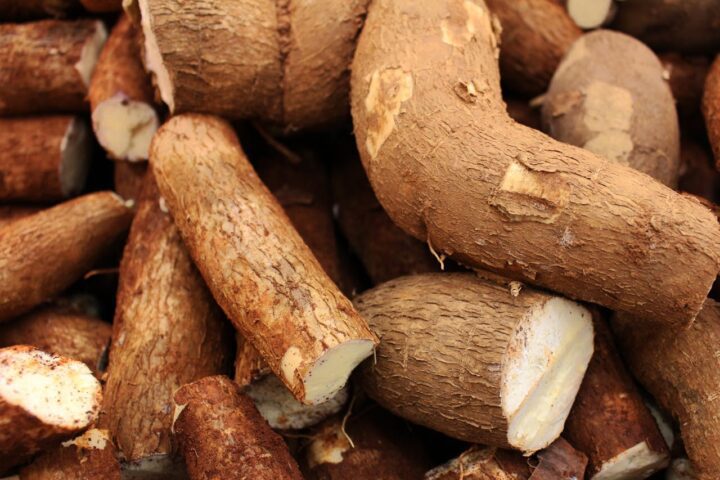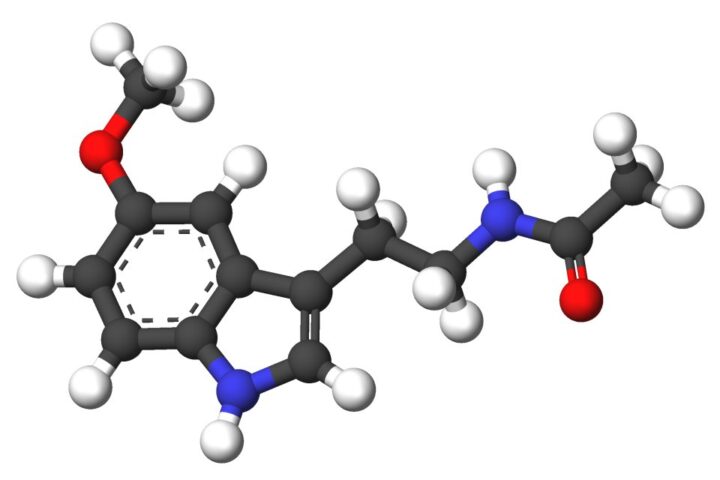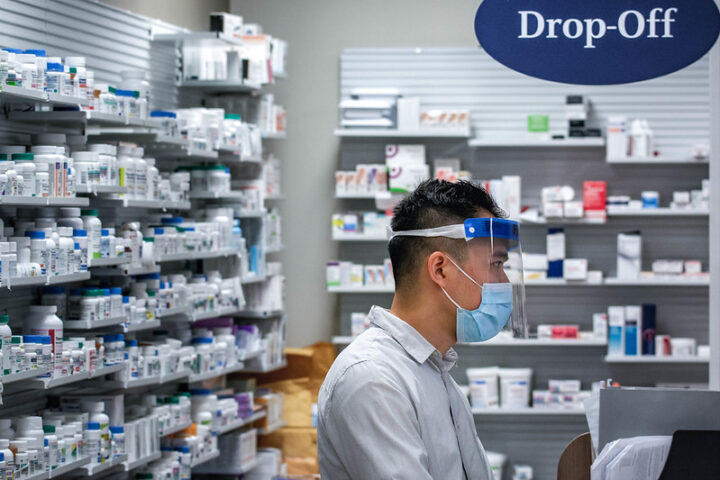India is facing a sharp rise in COVID-19 cases, with active infections jumping from just 257 on May 22 to 3,395 by May 31, 2025—more than ten times higher in just over a week. Four new deaths were reported in the last 24 hours from Delhi, Kerala, Karnataka, and Uttar Pradesh, bringing the total death count since January to 26.
Kerala remains the hardest hit with 1,336 active cases, followed by Maharashtra with 467 and Delhi with 375. Other states showing significant numbers include Gujarat (265), Karnataka (234), West Bengal (205), Tamil Nadu (185), and Uttar Pradesh (117).
Health officials have identified several Omicron sub-variants driving the surge, including LF.7, XFG, JN.1, and NB.1.8.1. These variants were detected through genome sequencing conducted in southern and western India.
“The variants contributing to the current increase in cases are not severe and are sub-variants of Omicron—LF.7, XFG, JN.1, and NB.1.8.1. The first three are showing a higher incidence,” explained Dr. Rajiv Behl, Director General of the Indian Council of Medical Research (ICMR).
Despite the rapid increase in cases, health authorities emphasize there’s no reason to panic. The World Health Organization has categorized these strains as “Variants Under Monitoring” rather than “Variants of Concern,” indicating they don’t currently pose a serious global threat.
Most patients are experiencing mild symptoms similar to seasonal flu, including nasal congestion, nausea, gut problems, throat pain, headaches, and fatigue. The majority are recovering at home, with hospitalization mainly limited to elderly patients and those with underlying health conditions.
Similar Posts
In Delhi, a 60-year-old woman who tested positive for COVID-19 died recently. Officials noted she was “suffering from acute intestinal obstruction post-laparotomy” and that the “COVID-19 finding was incidental.” Similarly, a 63-year-old man in Bengaluru who died had multiple existing health issues, including pulmonary tuberculosis and cancer.
States are taking precautionary measures. The Delhi government issued an advisory on May 23 directing hospitals to ensure they have essential supplies including oxygen, medicines, beds, and working life-support equipment. Karnataka has asked schools, set to reopen in June, to send symptomatic children home and ensure sick staff don’t work.

Dr. Behl reassured the public: “We have been vigilant about the situation. Overall, we should keep watch and stay alert, but there’s no reason to worry.”
Health departments across affected states recommend wearing masks in crowded places, maintaining physical distance, practicing good hygiene, and seeking medical help if COVID-like symptoms persist for more than 3-4 days.
While the increase in cases requires attention, experts note that unlike previous waves that saw millions of active cases and overwhelmed healthcare systems, the current numbers remain relatively low with most infections being mild.
